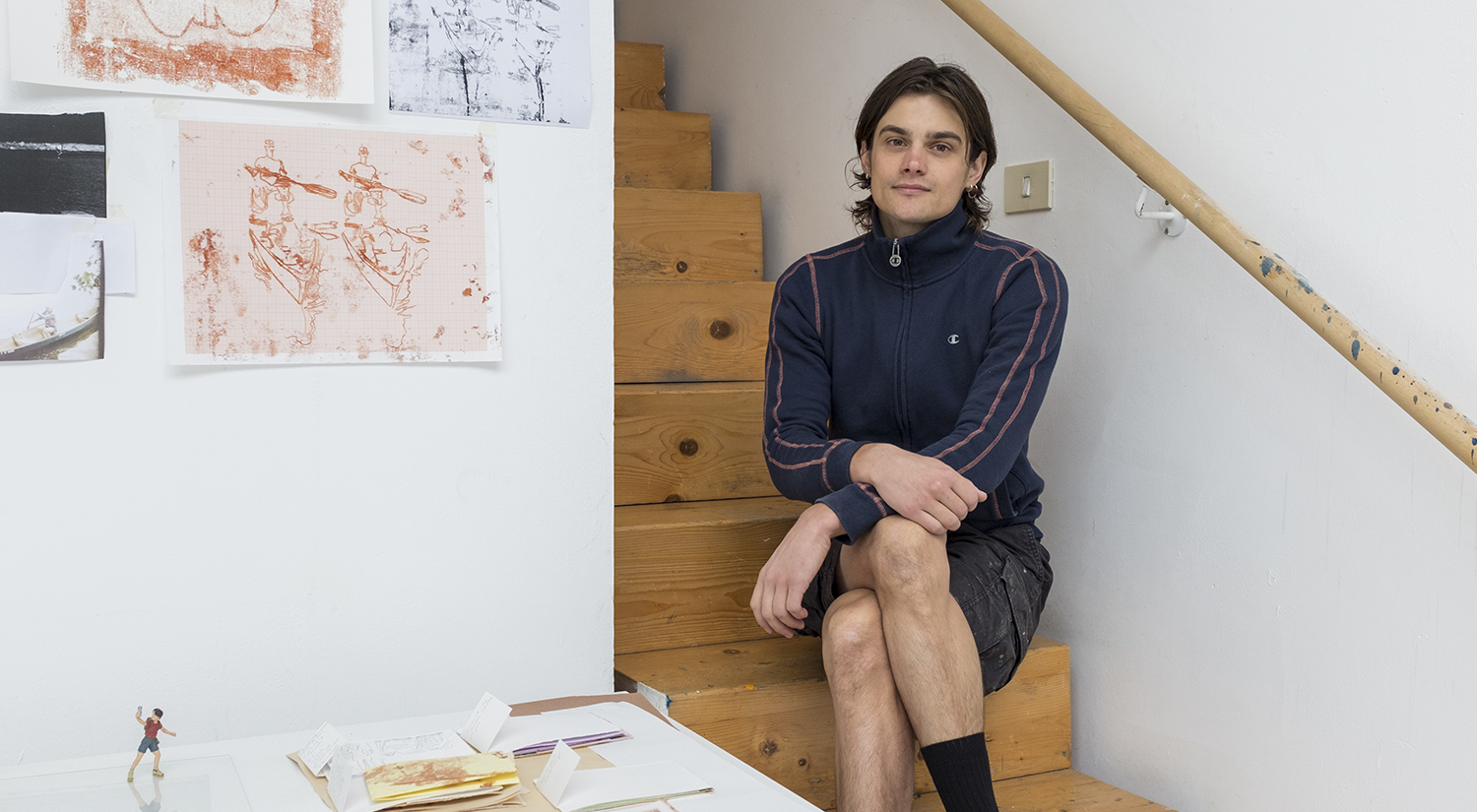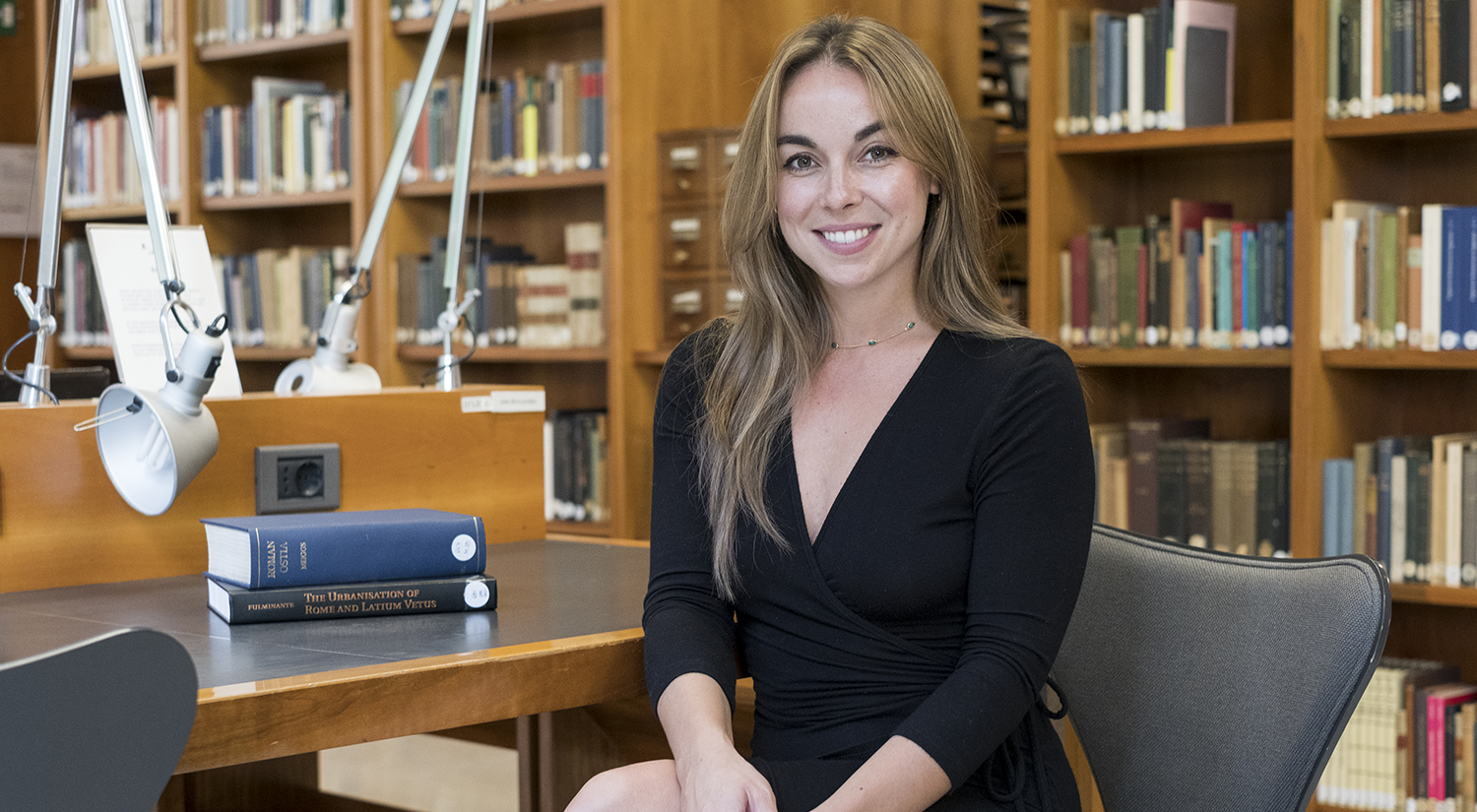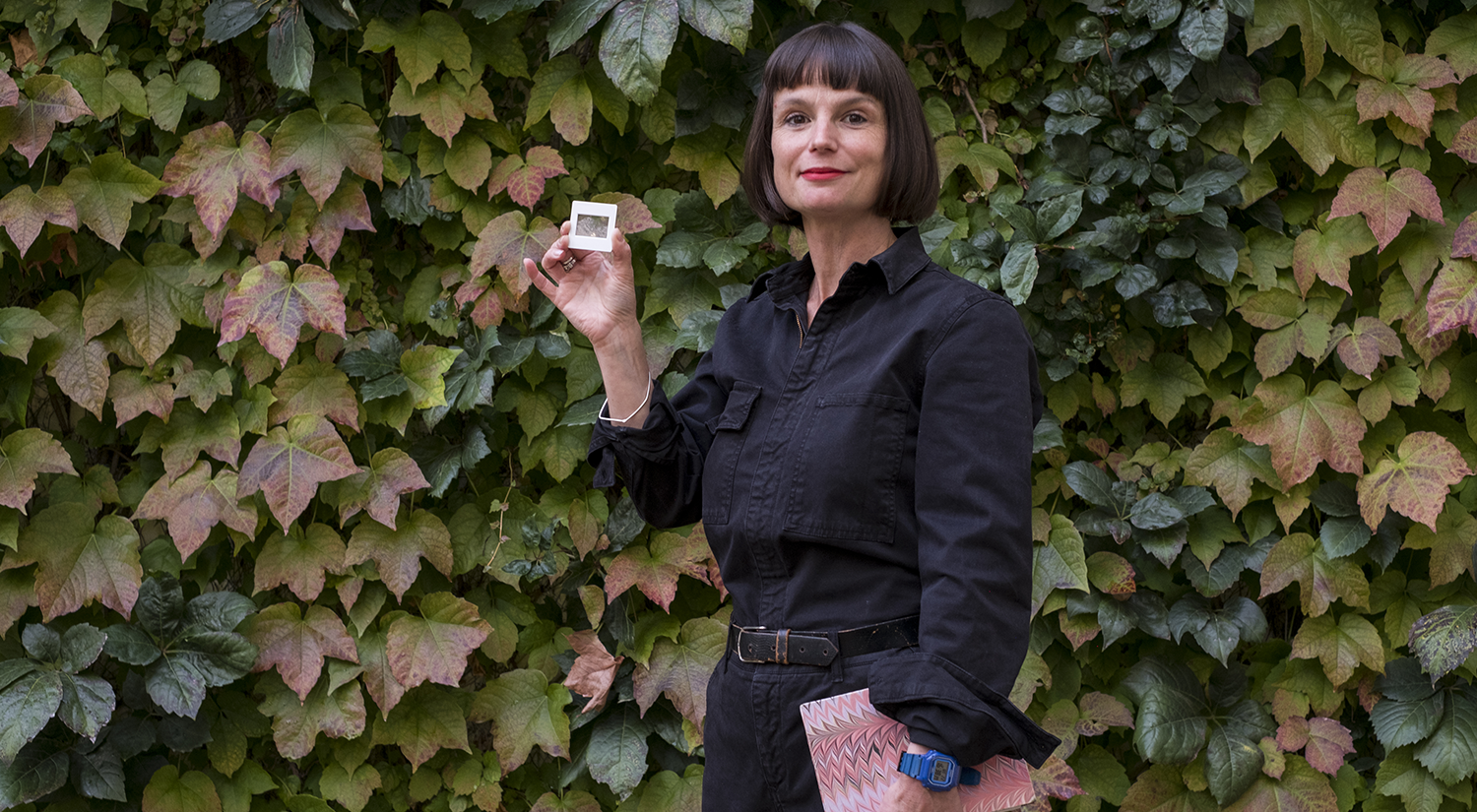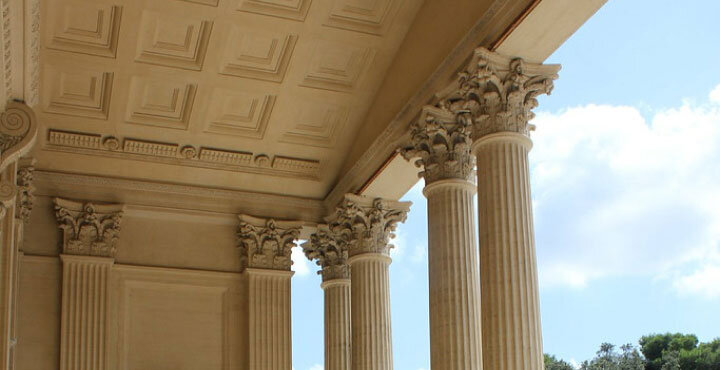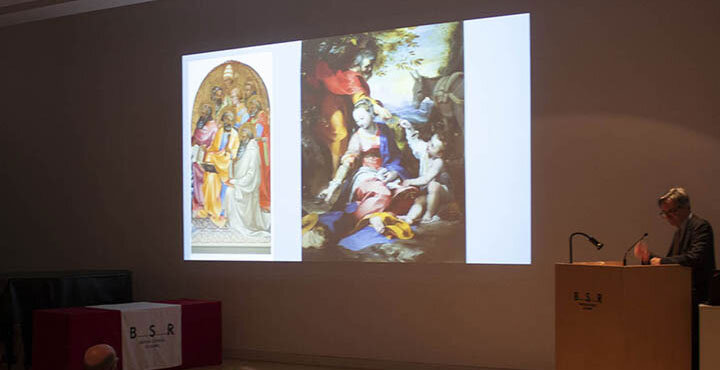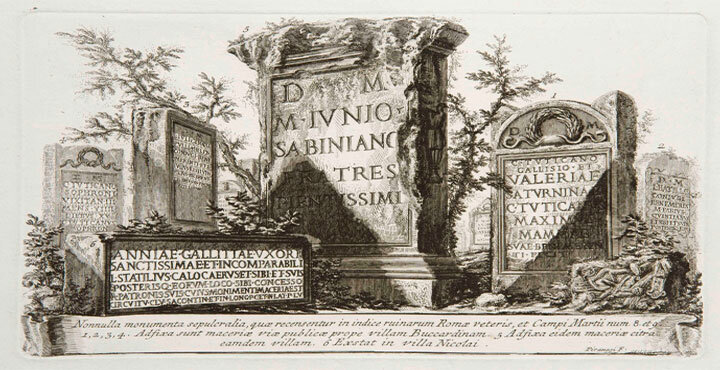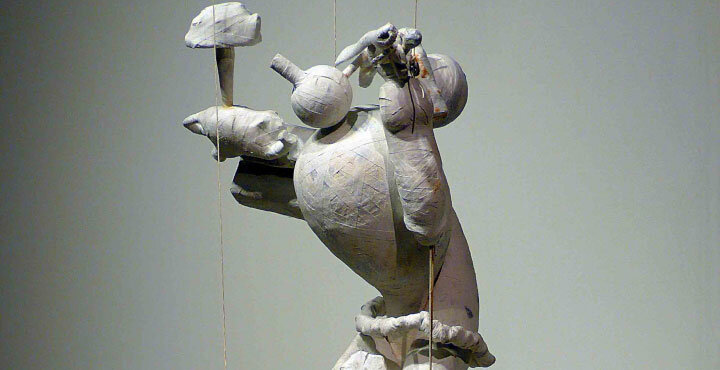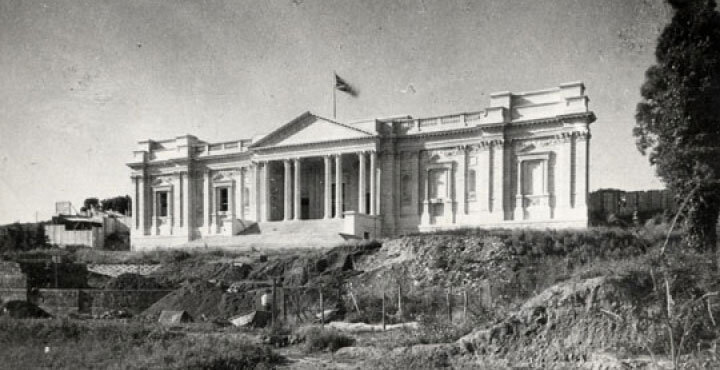In this blog, Sibghat Khan — Giles Worsley Rome Fellow at the BSR from September to December 2025 — reflects on his project “Rome and the Case for Living Monuments” and the research he will present at the Winter Open Studios in December 2025.
Historic monuments should not be treated as static museum pieces; they should remain in use, adapted to contemporary needs. J. Alchermes, in Spolia in Roman Cities (1994), notes that many ancient structures survived because they were reused. Cities kept what continued to function for them, even as needs changed. While maintaining old buildings is costly, their cultural significance and tourism value often bring substantial economic benefits.
Of course, many historic structures cannot return to their original purposes. The Baths of Diocletian cannot function as public baths today, and the Mausoleum of Augustus will not be used again as a bullfighting arena. Urban life, technology, and social needs have changed. But this does not prevent these spaces from being repurposed in new and relevant ways.
My interest in this topic began with my undergraduate thesis, “Adaptive Reuse of Mushk Mahal – A 16th-Century Deccani Palace.” Through that project, I explored how a medieval ruin in Hyderabad could be revived with minimal intervention. Working on heritage sites in Hyderabad—a city of nearly 15 million residents with buildings dating from the 16th century onward—I have seen how older structures continue to shape the city’s identity even as it expands rapidly. Hyderabad is not Rome, but it faces similar questions about how to manage its historic environment.
During my residency in Rome, I developed this line of research further. My work sits at the intersection of design, history, and memory, and part of my project involved creating a map that traced examples of adaptive reuse across the city. Drawing from Aldo Rossi’s Analogous City and Nolli’s Pianta di Roma, I represented Rome as a layered set of transformations, with each fragment marking a site that had been reused over time. As an early-career architect, studying these layers helped me understand how Rome has consistently adapted its built environment to new conditions. An accompanying interactive map builds on this study, allowing viewers to explore Rome’s ongoing relationship between past structures and present functions.
Rome is a clear example of architectural continuity. Over thousands of years, the city has integrated new layers on top of older ones: aqueducts became fortification walls, pagan temples became churches, and ancient stadiums evolved into residential areas. Archaeological remains lie directly below modern infrastructure, and older elements are visibly incorporated into later buildings. This demonstrates a practical approach to reuse rather than a purely preservationist mindset. Buildings have survived because they continued to serve meaningful purposes.
For rapidly growing cities like Hyderabad: which struggle with heritage loss and inconsistent conservation practices, this approach is particularly relevant. Adaptive reuse offers a balanced way to protect historic structures while keeping them functional and economically viable.
Historic monuments are not barriers to development; they are long-term assets. They need more than preservation—they need ongoing, thoughtful use.


